Balancing a multi-pet households with both cats and dogs presents a unique set of challenges and joys. The key to harmony lies in understanding the distinct needs, behaviors, and personalities of each species. By fostering a respectful and patient environment, pet owners can mitigate conflicts and encourage peaceful coexistence. This journey requires dedication to creating a shared living space that caters to the well-being of both cats and dogs, ensuring they feel safe, respected, and part of the family. The rewards of such an endeavor are profound, offering a richer, more vibrant home life filled with the unconditional love and companionship of pets.
Understanding Cat And Dog Behaviors
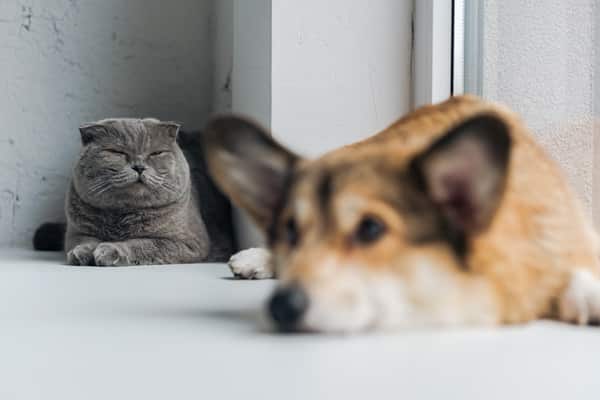
Cats and dogs possess inherently different behaviors and instincts, which can sometimes lead to misunderstandings and conflicts within a multi-pet household. Cats are typically more independent and territorial, preferring to explore and interact on their own terms. They enjoy high perches and secluded spaces where they can observe their surroundings undisturbed. Dogs, on the other hand, are often more social and pack-oriented, seeking out interaction and approval from their human and animal family members. Recognizing and accommodating these natural tendencies is crucial for reducing stress and avoiding confrontations between pets.
Despite these differences, both cats and dogs can exhibit curiosity and playfulness, especially when they feel secure and stimulated. It’s important to provide opportunities for positive interactions, such as supervised playtime with appropriate toys that appeal to both species. Understanding the body language of cats and dogs can also help pet owners identify signs of discomfort or aggression early, allowing them to intervene before a conflict escalates. By acknowledging the unique behaviors of each pet, owners can tailor their approach to meet the needs of both cats and dogs, fostering a peaceful and engaging environment for all.
The Importance Of Proper Introductions
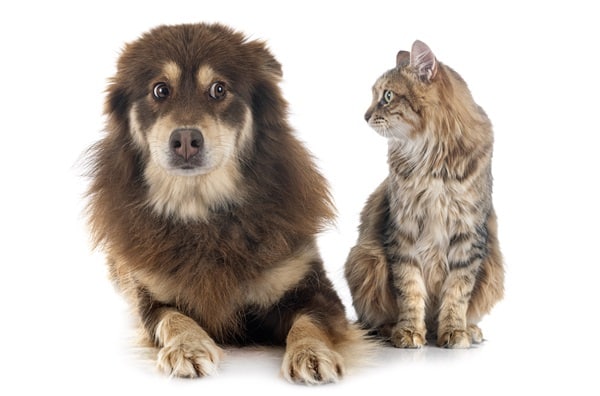
Introducing cats and dogs to each other in a thoughtful and controlled manner is vital for establishing a harmonious household. The introduction process should be gradual, allowing each pet to become accustomed to the other’s scent and presence without direct contact initially. This can be achieved through the use of barriers such as baby gates or by keeping the animals in separate rooms and swapping their bedding or toys to familiarize them with each other’s scent. Such measures help reduce anxiety and territorial behavior, laying the foundation for a calm and curious first meeting.
During the initial face-to-face introduction, it’s crucial to monitor the body language and reactions of both pets closely. Any signs of fear, aggression, or discomfort should be addressed by calmly separating the animals and trying again later. Positive reinforcement, such as treats and praise, should be used to reward calm and curious behavior. Over time, these careful introductions can lead to a gradual increase in comfort and tolerance between the cat and dog, allowing them to share space more freely and even form a bond. Patience and consistency throughout this process cannot be overstressed, as rushed or forced interactions can set back the progress of building a peaceful multi-pet households.
Creating A Multi-Species Friendly Home
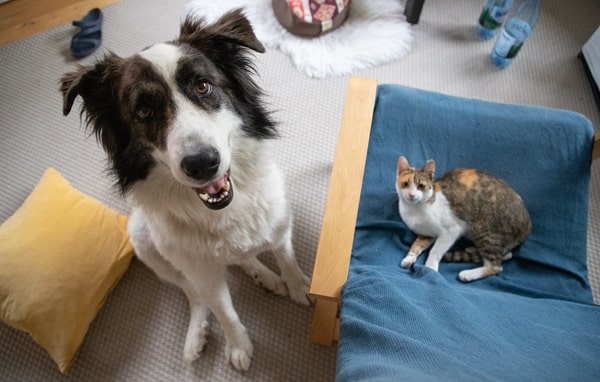
Ensuring the home environment caters to the needs of both cats and dogs is essential for harmony. This involves setting up separate feeding areas to prevent food aggression and providing cats with high perches and hiding spots where they can retreat and observe their surroundings safely. Dogs, on the other hand, benefit from having a designated space where they can relax and play without disturbing the cat. Such spatial arrangements help minimize territorial disputes and allow each pet to enjoy their own sanctuary within the shared home.
The introduction of dog-proof litter boxes prevents dogs from intruding on the cat’s private space, reducing stress for the cat and maintaining hygiene. Similarly, ensuring that toys, beds, and other pet belongings are species-appropriate and placed in separate areas can help reduce jealousy and possessiveness. By carefully planning the living space with the needs of both cats and dogs in mind, pet owners can prevent many common sources of conflict and encourage a peaceful coexistence.
Training And Socialization
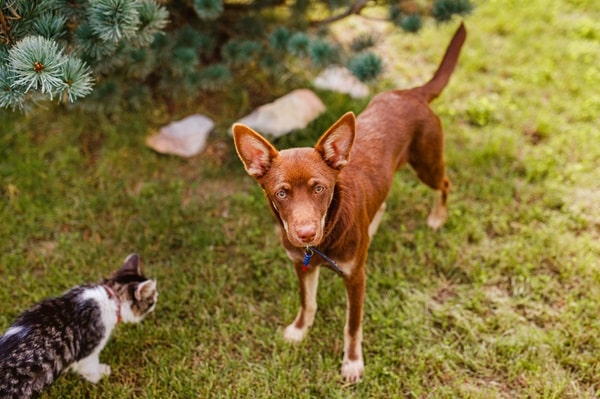
Training plays a pivotal role in the peaceful cohabitation of cats and dogs. Teaching dogs commands such as “leave it” or “stay” can prevent them from chasing or harassing cats. Similarly, encouraging cats to use scratching posts and engage in play that does not involve dog tails or ears can help maintain peace. Both species can benefit from positive reinforcement techniques that reward good behavior, reinforcing the idea that respectful coexistence is beneficial for everyone involved in multi-pet households.
Socialization experiences should be carefully managed to ensure they are positive for both the cat and the dog. This might include supervised interactions where both animals are kept at a safe distance but can still see and smell each other. Over time, these controlled meetings can help build trust and reduce fear. By consistently providing positive and calm socialization opportunities, pets can learn to associate each other’s presence with positive experiences, laying the groundwork for a friendship.
Managing Play And Interaction
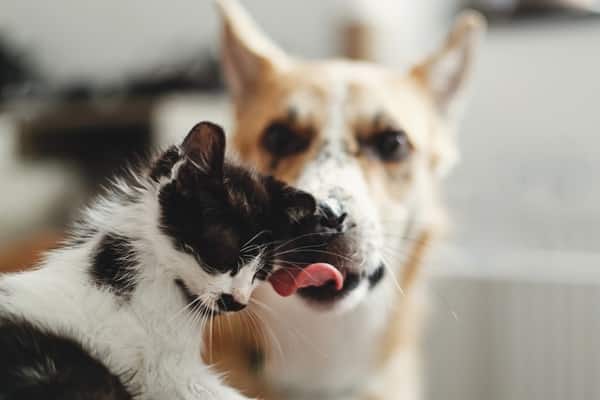
Monitoring play and interaction between cats and dogs is crucial to prevent play from escalating into aggression. Signs of healthy play include relaxed body language, such as a wagging tail from the dog and a content, purring cat. However, pet owners should be vigilant for signs of discomfort, such as hissing, growling, or attempts to escape, which indicate that playtime should be ended. Establishing clear boundaries and intervening when play becomes too rough can help prevent injuries and negative associations.
Intervention strategies should be non-punitive and focus on distraction and separation. Providing separate playtimes with toys appropriate for each animal’s play style can also help manage energy levels and reduce competition. By understanding the play preferences and limits of both cats and dogs, pet owners can facilitate enjoyable and safe interactions that strengthen bonds rather than creating conflict.
Health And Well-being
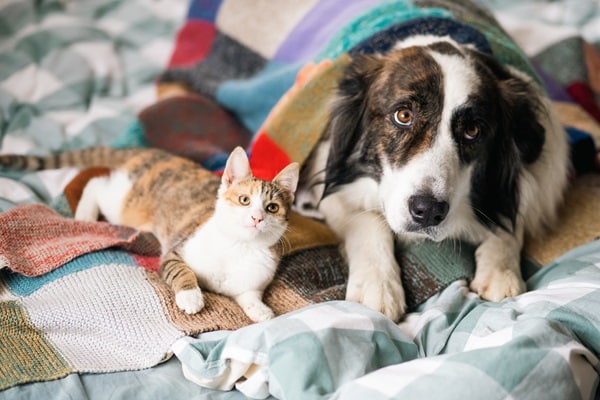
The health and well-being of both cats and dogs are paramount in a multi-pet households. Regular veterinary check-ups are essential to monitor the health of each pet and prevent the transmission of diseases between them. Attention should also be paid to the diet and exercise needs of each species to ensure they are receiving the appropriate nutrition and physical activity to maintain their health and happiness.
Recognizing signs of stress in pets is crucial for maintaining a peaceful multi-pet households. Changes in behavior, such as increased aggression, withdrawal, or changes in eating and sleeping patterns, can indicate stress. Addressing these signs early by providing additional support, environmental enrichment, or consulting a veterinary behaviorist can help alleviate stress and prevent it from escalating into more serious behavioral issues.
Resolving Conflicts And Building Bonds
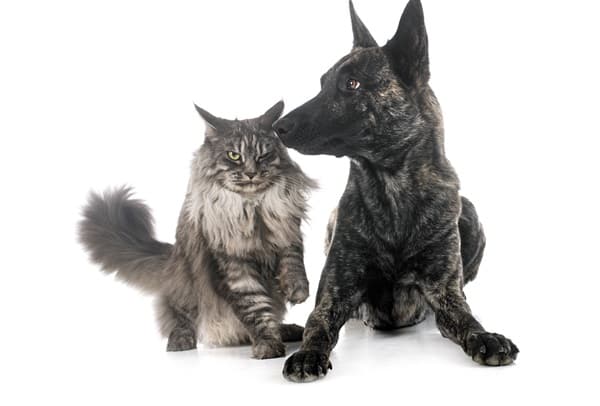
When conflicts arise, it’s important to address them calmly and constructively. Separating the pets and giving them time to cool down before reintroducing them in a controlled environment can help. If conflicts persist, seeking the guidance of a professional trainer or behaviorist who specializes in multi-species households may provide strategies tailored to the specific dynamics of the home.
Success stories of cats and dogs forming strong bonds serve as inspiration and a reminder of the potential for peaceful coexistence. These relationships often develop over time, with patience, understanding, and careful management of interactions. Celebrating small milestones, such as a shared nap or a peaceful mealtime, can encourage pet owners to continue their efforts in fostering a harmonious multi-pet households.
The Bottom Line
Achieving harmony in a multi-pet households with both cats and dogs is a rewarding but complex endeavor that requires understanding, patience, and dedication. By respecting the needs and behaviors of each pet, introducing them carefully, and creating a supportive and safe environment, conflicts can be minimized, and strong bonds can form. Regular training, health care, and attention to the well-being of each animal are essential components of a peaceful multi-pet home. Ultimately, the joy and companionship that comes from a harmonious relationship between cats and dogs enrich the lives of everyone in the household, making the efforts to achieve it well worth it.